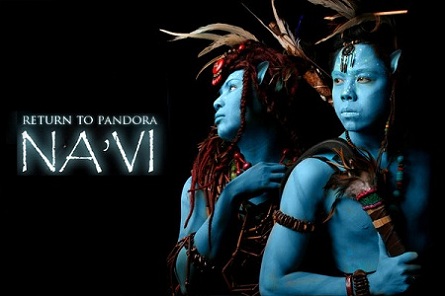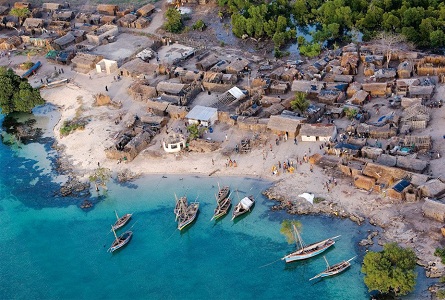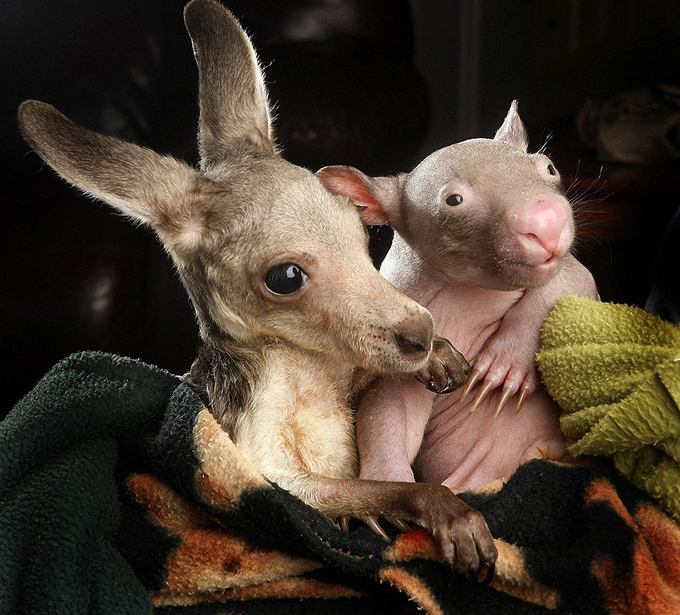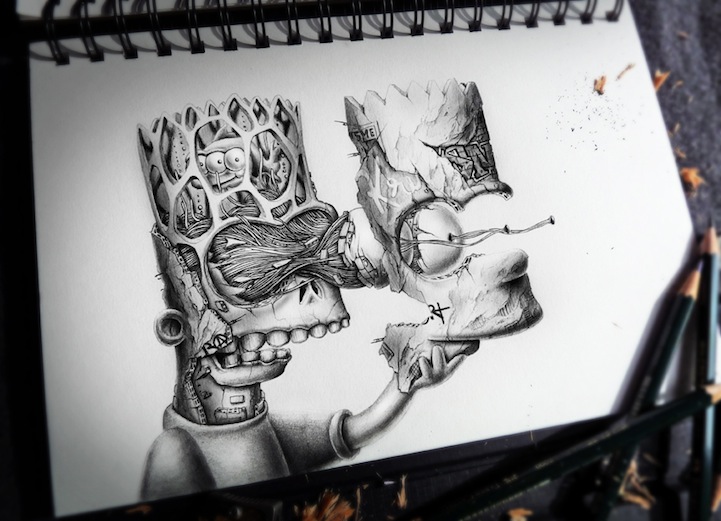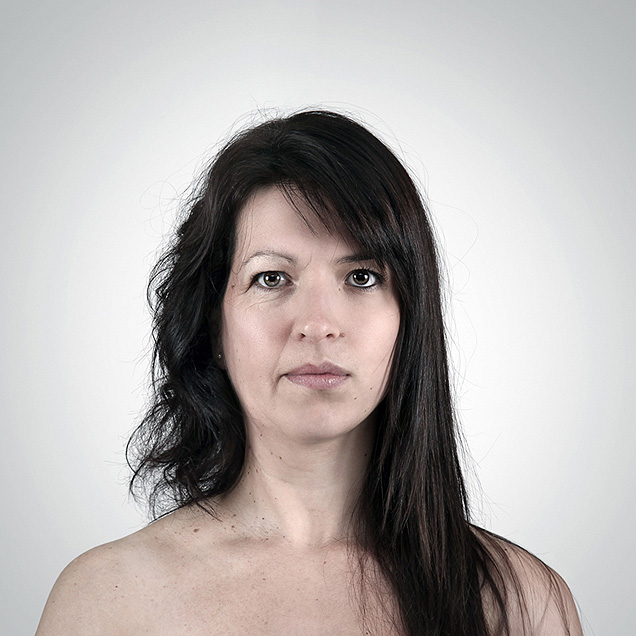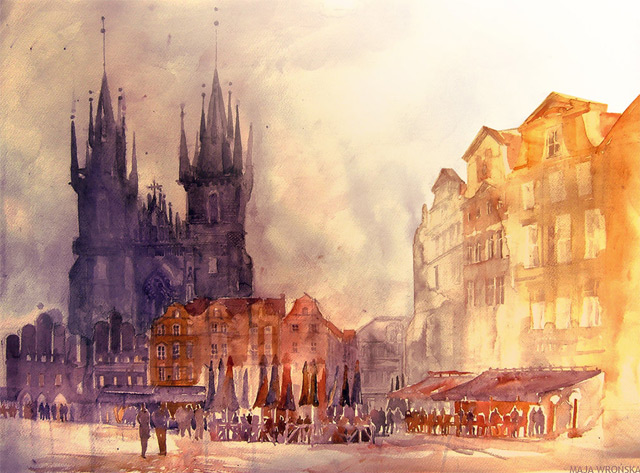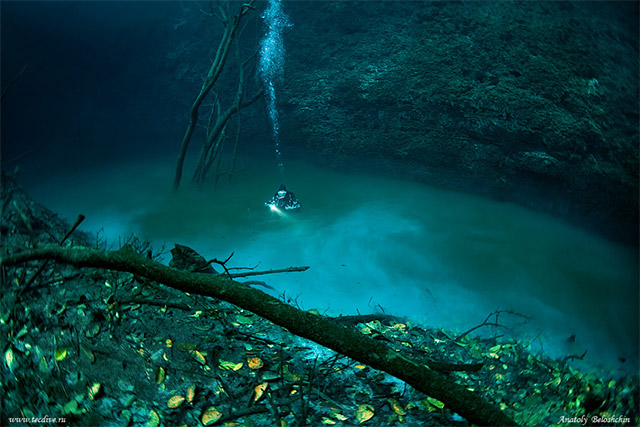Here are some great photos of Na’vi people made by photographer Dense Modesto at ”Return to Pandora” Avatar-Inspired open photoshoot. Their names are written below the images.
The Na’vi people are the fictional indigenous race that lives on Pandora (Earth-like moon in the Alpha Centauri star system) in James Cameron’s 2009 film Avatar. They are humanoid in appearance and are 9 to 12 feet (2.7 to 3.7 m) tall, having pairs of eyes, ears, arms, legs and feet like humans, as well as a nose, a mouth, and expressions recognizable to humans. The Na’vi differ from humans in having blue striped skin, pointed and mobile ears, large eyes, catlike noses and teeth, tails, and four fingers (hybrid avatars retain the five fingers of their human DNA). While taller than humans, they have narrower proportions in body frame. The Na’vi also have a distinctive tendril feature protruding from the back of their heads, surrounded by hair (resembling a long braid or queue), feeding directly into the brain. This organ allows them to connect with other organisms around them, transferring electrochemical signals such as thoughts and memories to the trees, plants, and other creatures.
The Na’vi were initially conceived to be more alien in appearance. Cameron recalled that when one of the main characters, Neytiri, was originally drawn, she had fins, gills, and other protuberances. In addition to feline features, the species was redesigned to look more like humans so audiences could relate to them better.
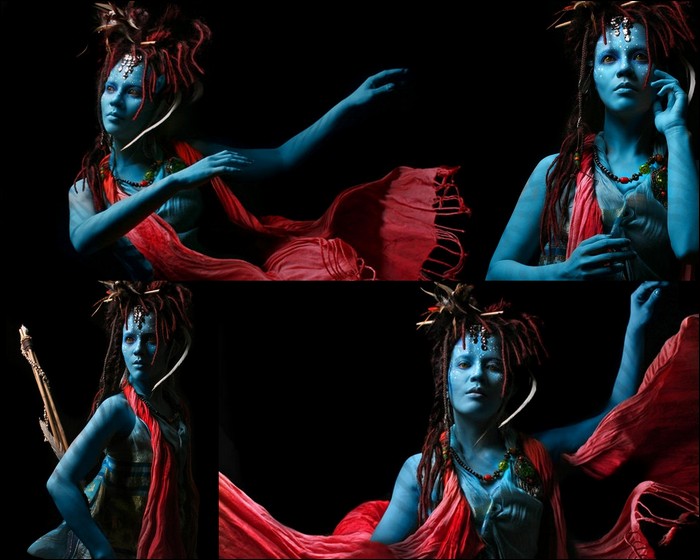
‘Iheyuway – Spiral Song
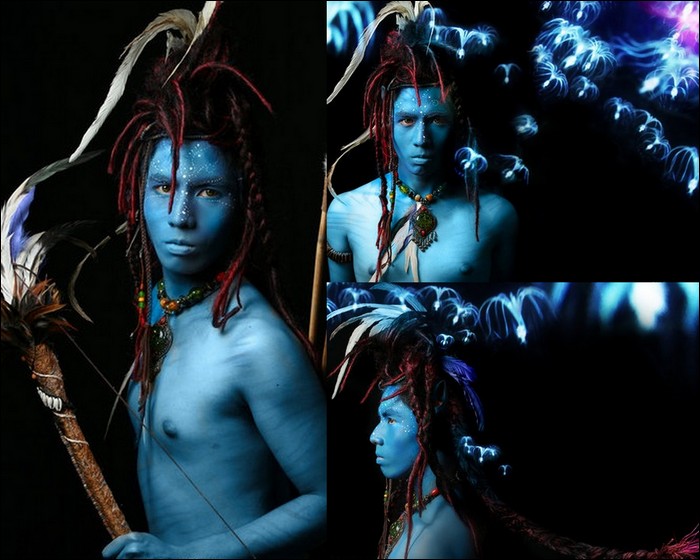
Irayo – Gratitude
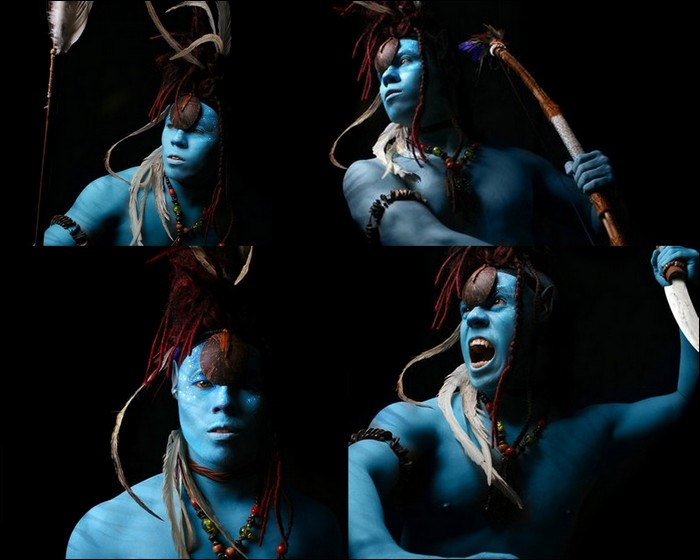
Au’kato – Rythm of Drums
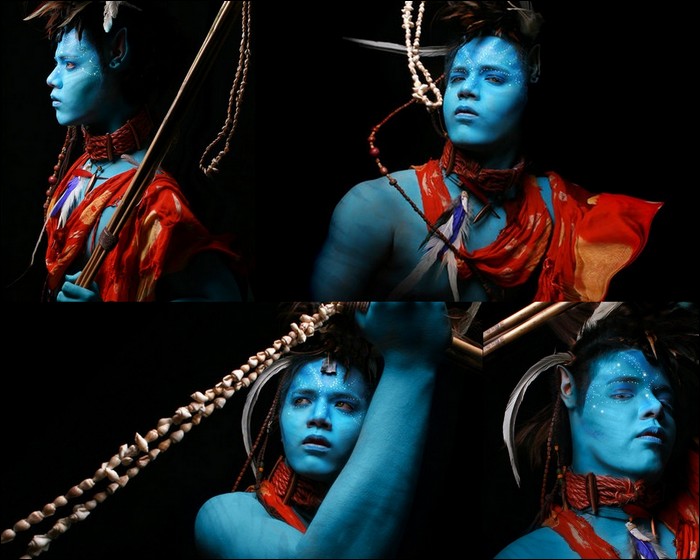
Itan’awve – First son
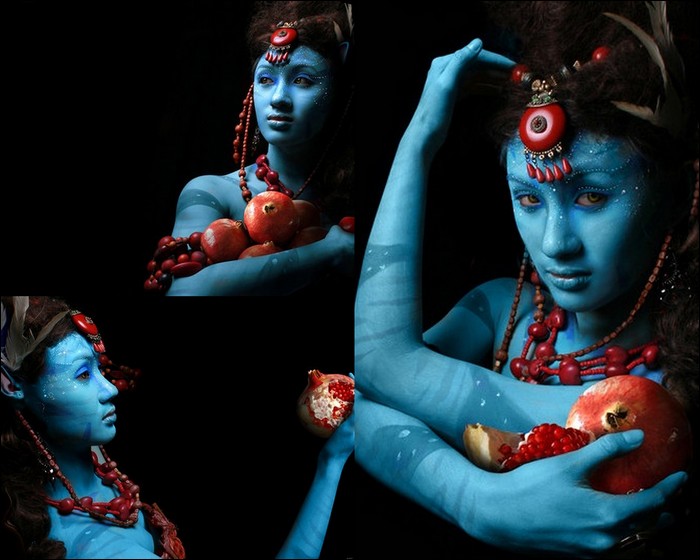
Ki’ongeveng – Child of the ‘Kiong’
According to Cameron, the appearance of the Na’vi character Neytiri had some specific inspirations and requirements: she was inspired by Raquel Welch’s character in Fantastic Voyage and by Vampirella, noting in the latter’s case, “the fact [Vampirella] didn’t exist didn’t bother me because we have these quintessential female images in our mind, and in the case of the male mind, they’re grossly distorted. When you see something that reflects your id, it works for you…. Right from the beginning I said, ‘She’s got to have tits,’ even though that makes no sense because her race, the Na’vi, aren’t placental mammals. I designed her costumes based on a taparrabo, a loincloth worn by Mayan Indians.”
Cameron has described Avatar as more “science fantasy” than true science fiction and has said that he would explain in the novel for the film why in the fictional universe the Na’vi look like humans.
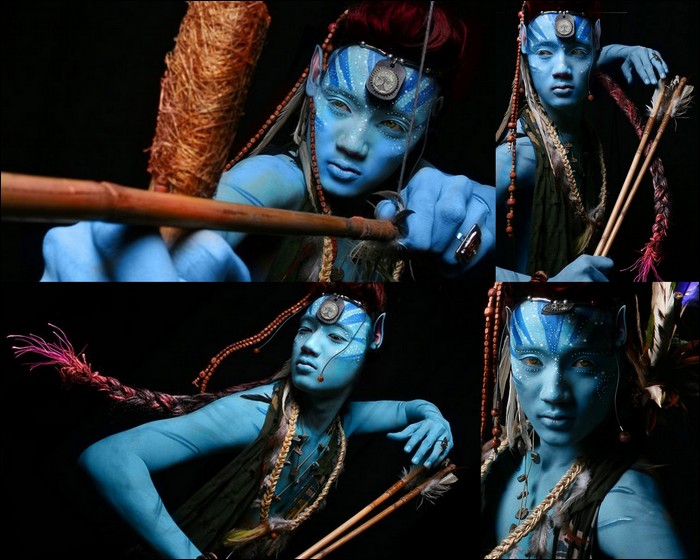
Kipriti – Among Stingbats

Txontaw – Night Sky
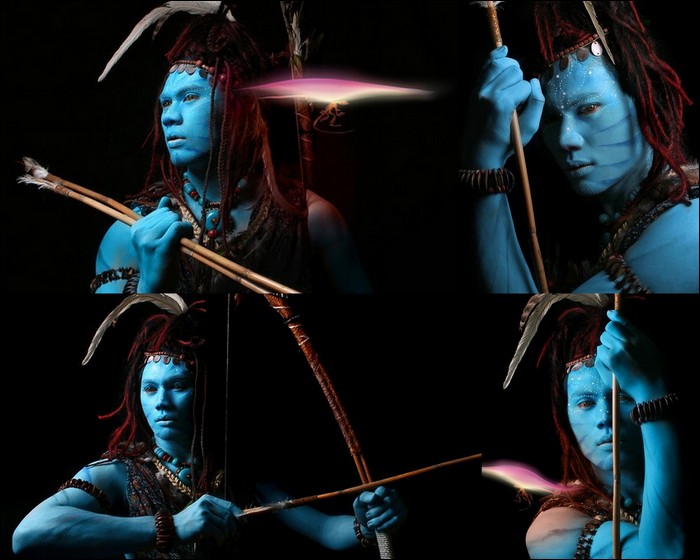
Meuia’ajral – Meaning of Honor

Ne’takuk – To Strike

Mi’itkxetse – Little Tail
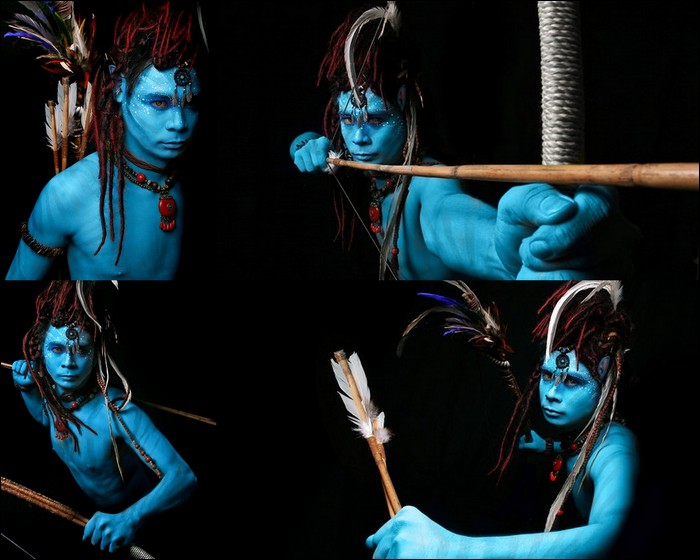
Pxuntsawke – Arms of the Sun
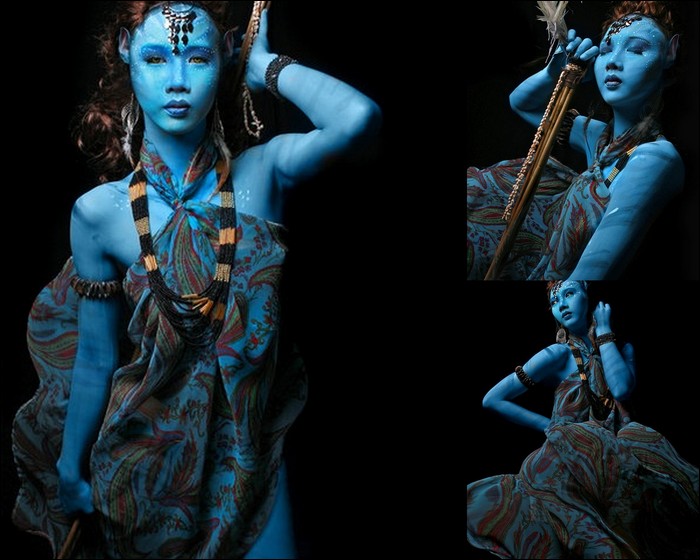
Seyri’ean – Lips of Blue
Culture and language
The Na’vi can commune with animals on their planet by literally plugging their braid into the creatures’ nerve systems. To become a warrior, a Na’vi must tame and ride a flying creature known as Ikran. The Na’vi also use this neural bonding system, called “tsaheylu”, to mate with a “life partner”, a bond that when made, cannot be broken in the Na’vi’s lifetime. This is akin to human marriage.
Conceived for the film was the Na’vi language, a constructed language often spoken by the actors when they played Na’vi characters.
The Na’vi language was created by linguistics professor Paul Frommer of University of Southern California. Frommer designed the language so it could be spoken by human actors, and it combines syntactic and grammatical rules from other existing languages. The professor created over a thousand words for the Na’vi language and taught the actors who played Na’vi characters to speak it for the film. When communicating to humans in the film, Na’vi characters – especially Neytiri – speak in accented and broken English.
On religion, the chief and possibly sole deity of the Na’vi is a benevolent goddess known as Eywa. The Na’vi are able to “connect” to Eywa when they use their braids to connect to the Tree of Souls and other similar flora. Eywa is said to have a connection to all things Pandoran.
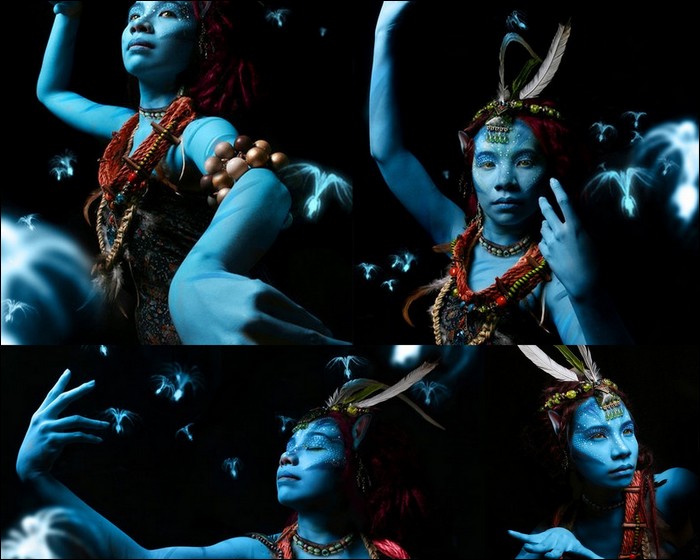
Tsyal’eywa – Wings of Eywa
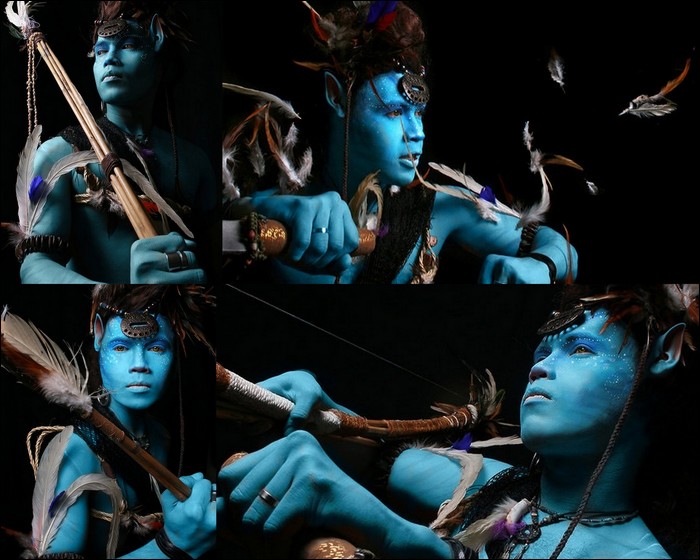
Swira’ean – Creature of the Blue
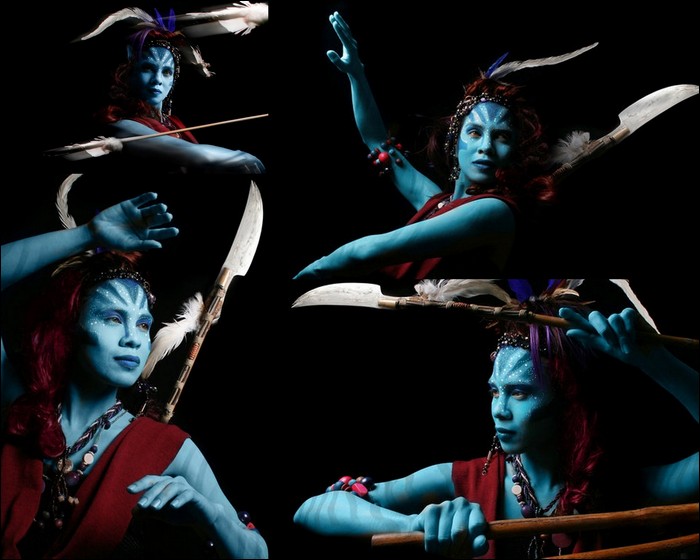
Tsam’ite – Daughter of War
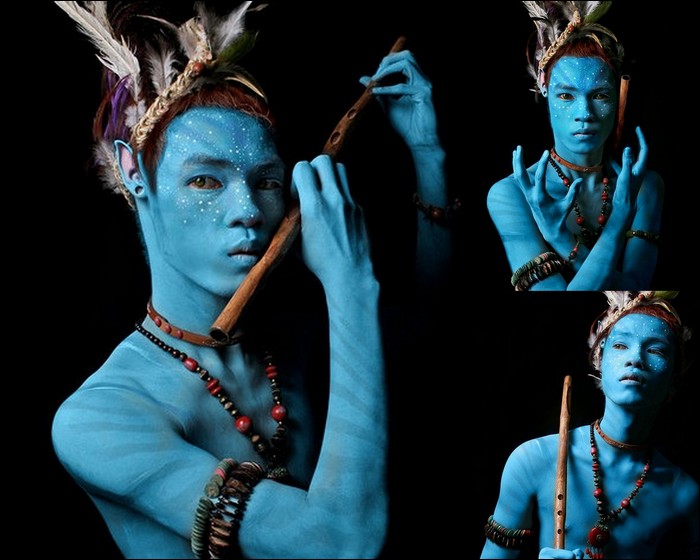
Taftxupamtseo – Music Weaver
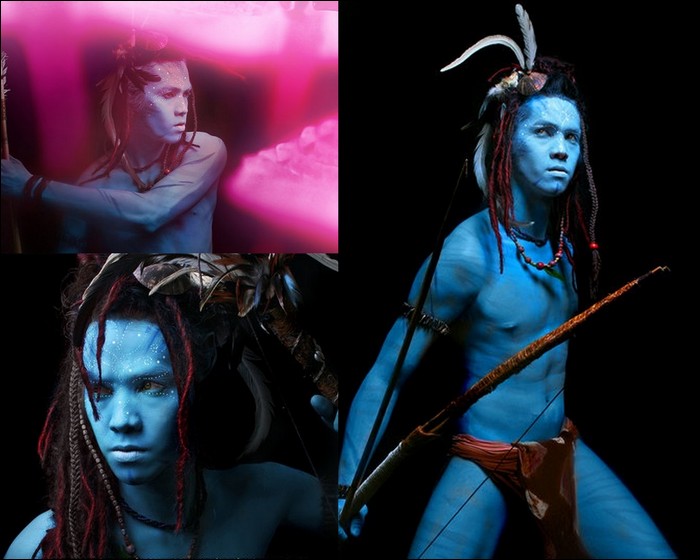
Tawvul – Sky Branch




